Day 12: Logroño to Najera
I felt lighter as we left the outskirts of Logroño. Buoyant, even. Maybe it was the three pounds of gear I’d left behind me. Or the fresh trail runners adding new energy to my stride. Or the kinship I was developing with the small cohort of pilgrims that we’d kept running into since Orisson, a recurring international cast of characters offering a “Buen Camino!” as we strolled. My blisters were healing nicely. Mom and I had found a bit of a rhythm since Pamplona too. There was definitely a lightness that hadn’t been there before. I even took a selfie. I’m shocked. I never take selfies. Who is this person?
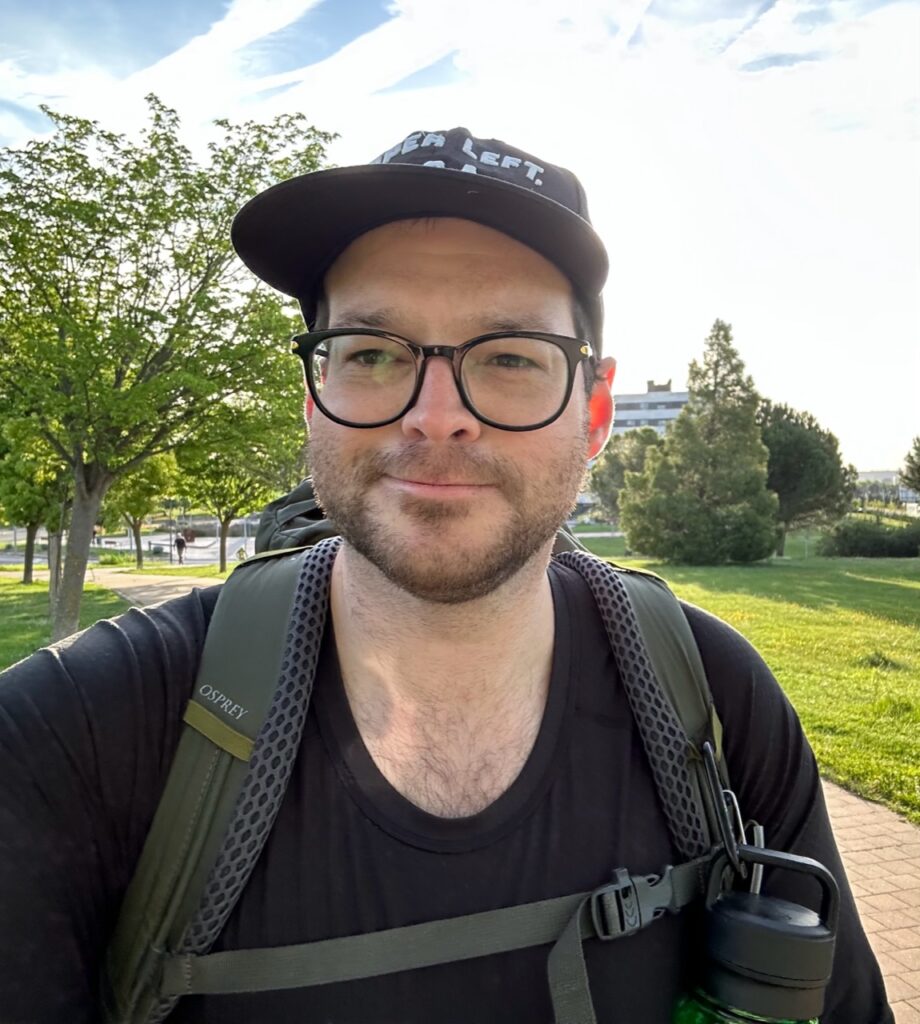
As we wound through the outskirts of Logroño, we ran into a French woman, a baguette strapped to the back of her pack and a dark red liquid in her Nalgene bottle. Mom pulled out Google Translate, a newfound tool for spinning up conversation. I grinned. “The world is not ready for this,” I thought. “Wait till she discovers WhatsApp. She’ll be unstoppable.”
My mom, the quintessential extrovert, has always had a gift for making friends. She has a bouncy, affable, dare I say chatty demeanor that would be overbearing if it wasn’t so beautifully sincere. She can take the thinnest thread of conversation and spin a magnificent tapestry of human connection. If a straight line is the shortest distance between two points then Kathy’s ebullient curiosity is the fastest bridge between two people, language barrier be damned.
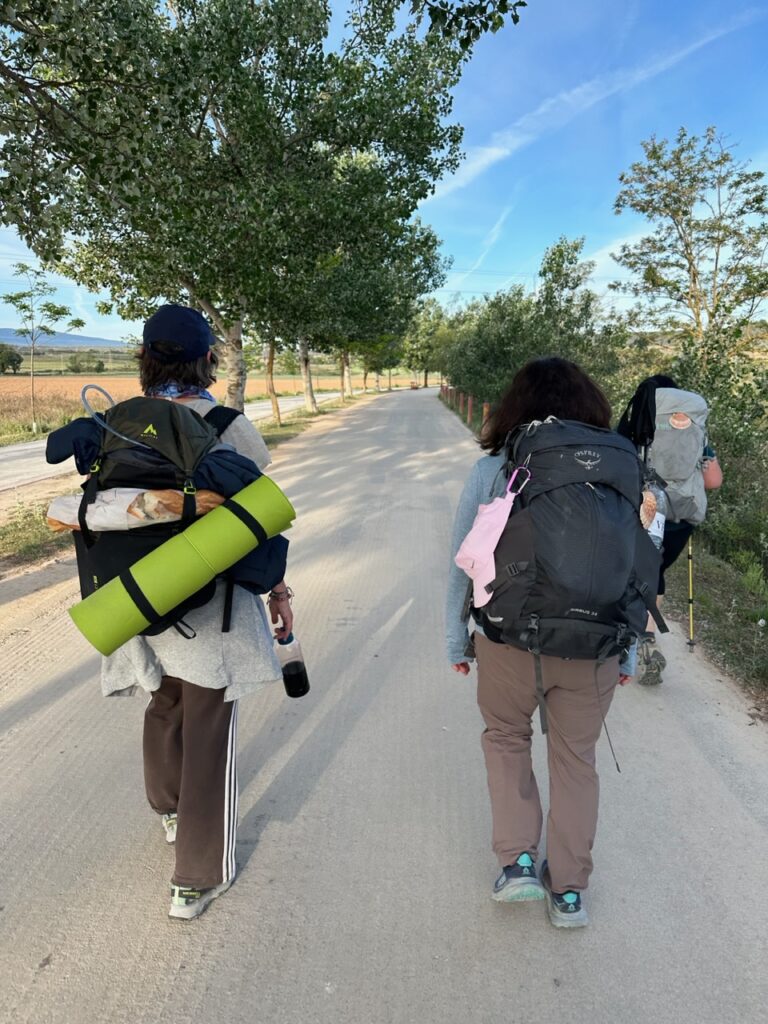
“I almost forgot my wine,” the French woman explained, holding up her Nalgene. I almost panicked before I saw the telltale hose of a water bladder protruding from her backpack. Today was another scorcher, and the thought of 18 miles with wine as your only source of hydration sounded deadly. I laughed. So she wasn’t deranged. Just French.
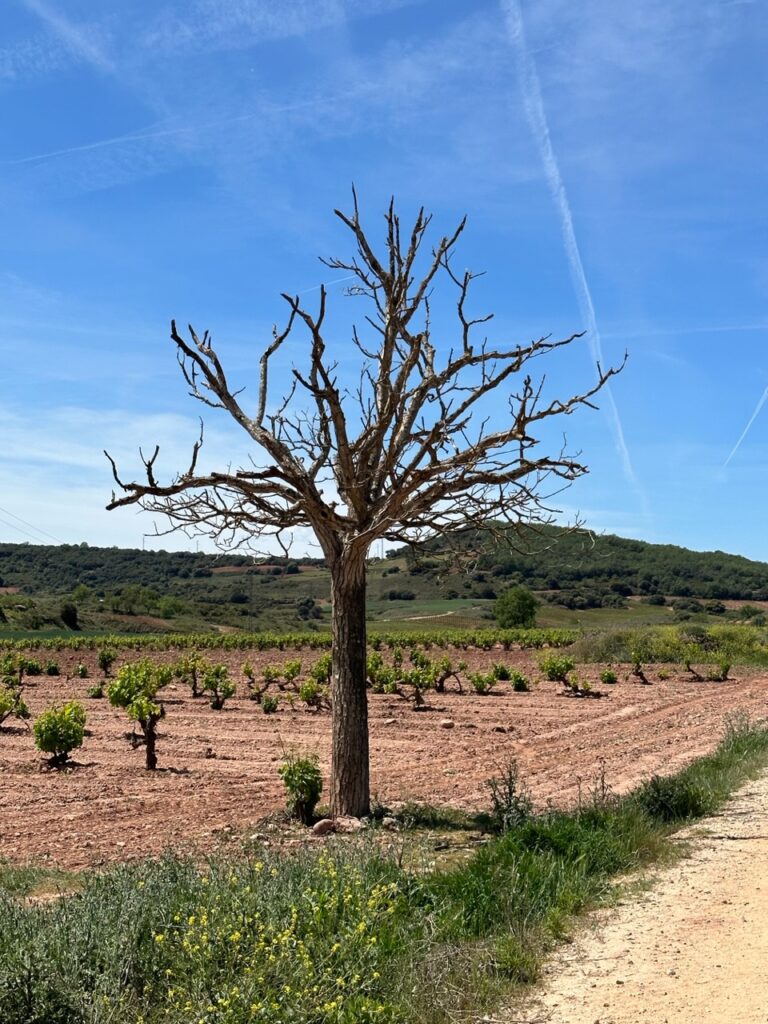
Logroño melted into the distance, replaced by La Rioja’s characteristic vineyards. The sun cast long shadows at our backs, the temperature continuing to rise.
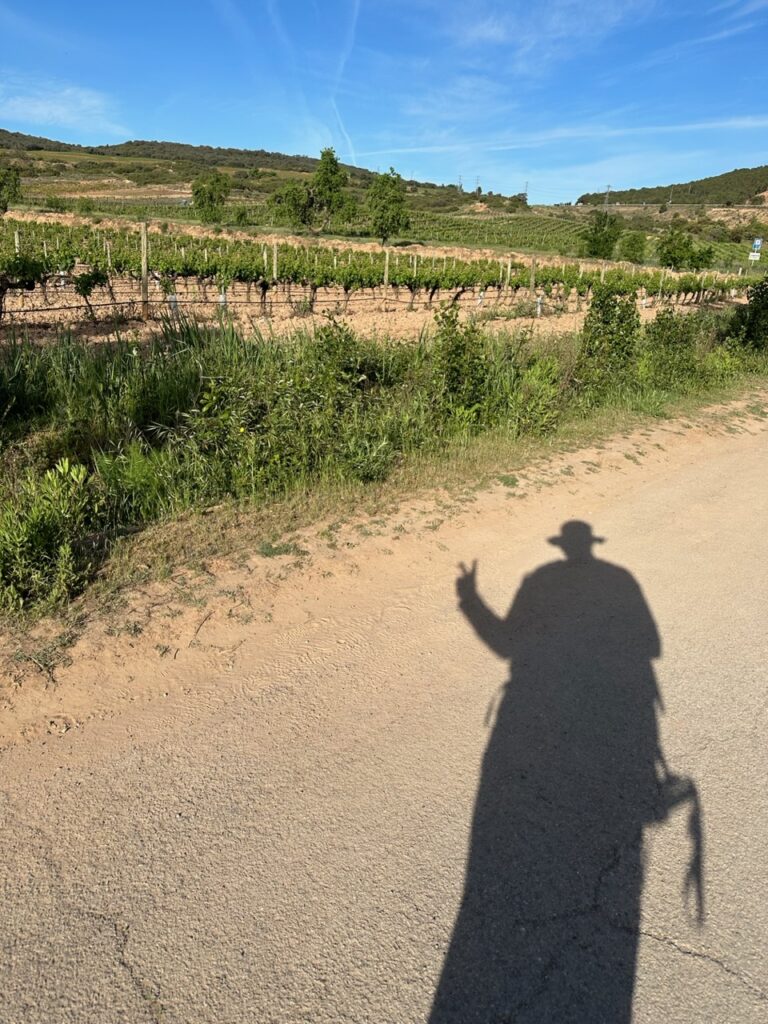
We stopped for lunch in Navarette, the midpoint on our trek for the day. More sandwiches were in order, although I was beginning to tire of hard-crust bread with only ham and cheese. I caught myself wishing for mayo, and maybe some lettuce and tomato.
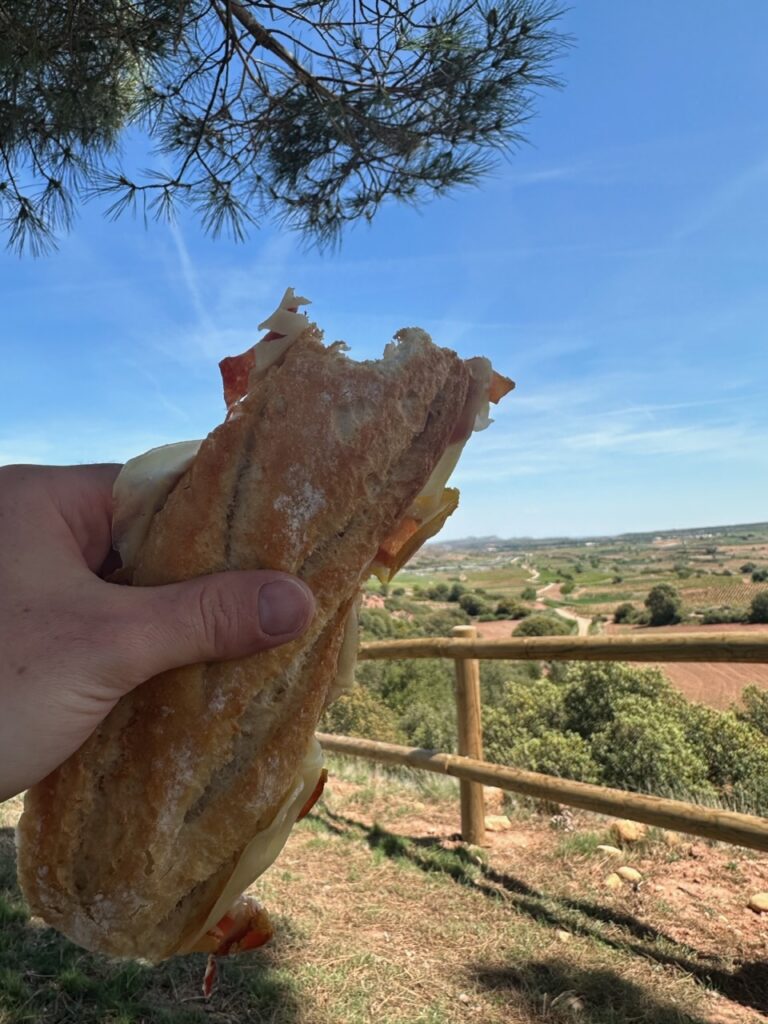
The Way to Najera grew hotter still after our break in Navarette. Another overpass offered welcome shelter from the afternoon sun. I leaned my pack against the concrete and unhooked my therm-a-rest, laying the lightweight honeycomb seat pad out beneath me. It was a small but much appreciated luxury, comfortable enough for a few minutes’ doze as I leaned against my pack and placed my hat over my eyes, Indiana Jones style. The cars on the highway in front of me rocketed by, going wherever people in cars go. I couldn’t tell if they were going exceptionally fast or if the past few weeks of walking had simply altered my perception of speed. The Way has its own velocity, its own sense of time, a cadence very different from the busy highways it occasionally intersects. I reveled in the slowness of it all.
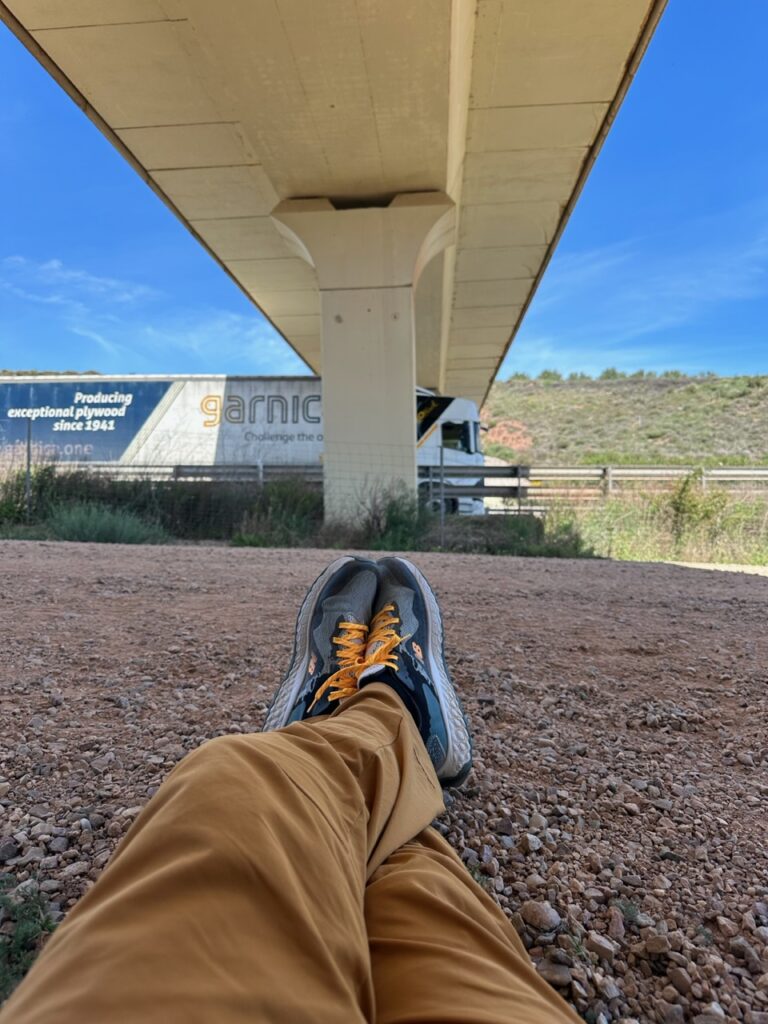
It reminded me of a working group I’d joined in grad school, “Designing for slow change”. The core idea was that some of our most challenging and urgent human problems don’t have “quick fixes” – healthcare and climate change to name some existential issues. Weight loss and skill development, like learning guitar, are examples that may feel more personally relatable. And while most of the technology industry is focused on speeding things up, our group wanted to explore design principles for embracing the inherent “slowness” these problems required. You can’t master the guitar in an hour. Or walk to Santiago in a day. The cars screaming by, themselves a technology meant to “solve” the human “problem” of walking, were a direct contributor to the steady warming of our planet. I thought of how much richness, how much texture I’d miss if I simply jumped in a car and drove to Santiago de Compostela. All the insight and quiet moments of reflection I’d pass by. The wildflowers I wouldn’t see. The strange French people with wine in their water bottles I wouldn’t meet. Mom’s stories that would go untold.
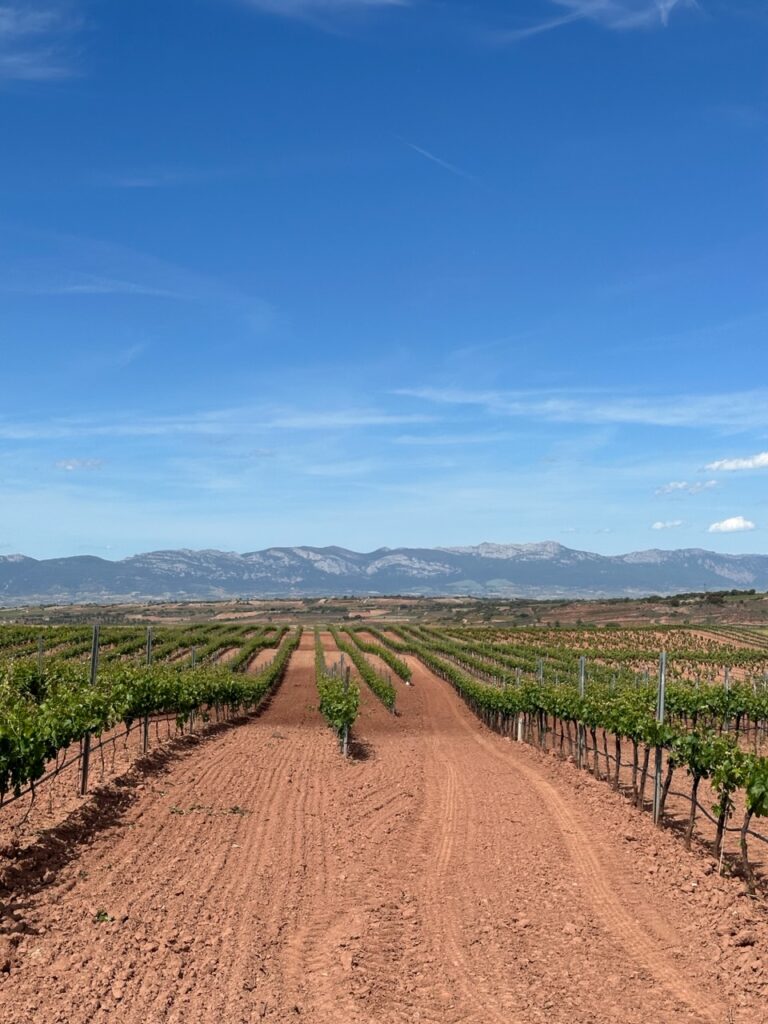
In our lust for all things “now,” we’ve abdicated a basic truth of our humanity. Faster isn’t always better. If the first truth of the Camino is “leave behind what doesn’t serve you” the second truth is this: true change, transformational change, takes time. Embrace it. Savor it. Don’t miss it. Relish every step.
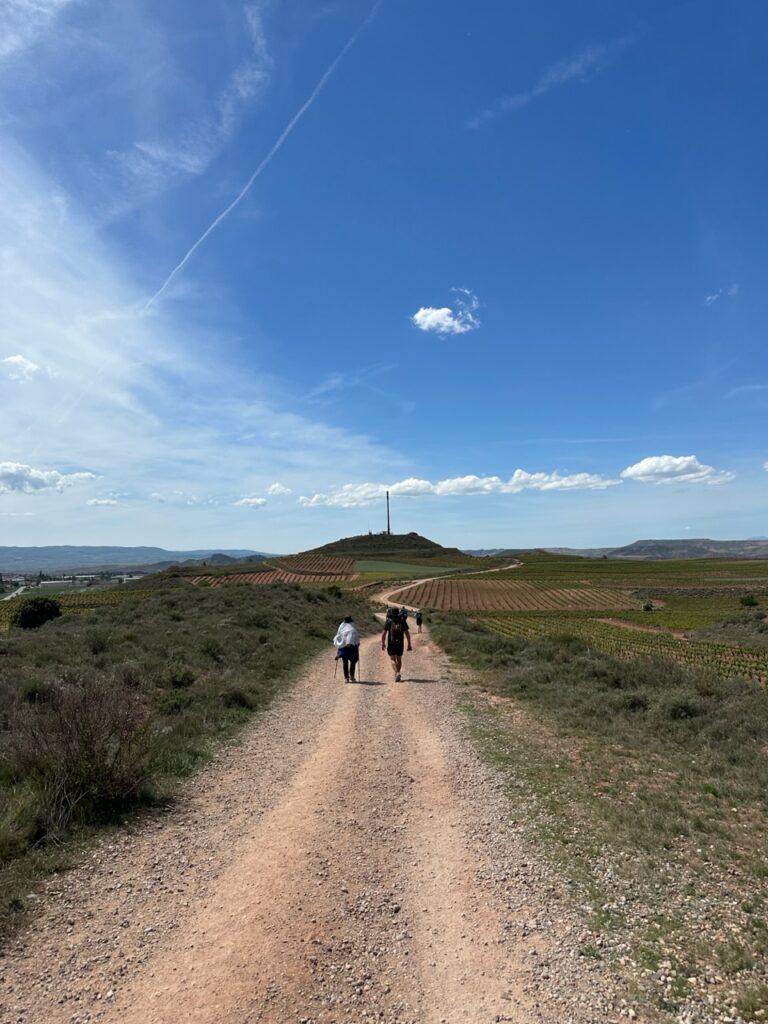
Another grad school memory surfaced. A cartoon beagle with an eyepatch lounging in a small boat. “Zen Dog” – a kind of unofficial mascot of our design program. A handwritten inscription reads:
“He knows not where he’s going
For the ocean will decide
It’s not the destination…
It’s the glory of the ride.
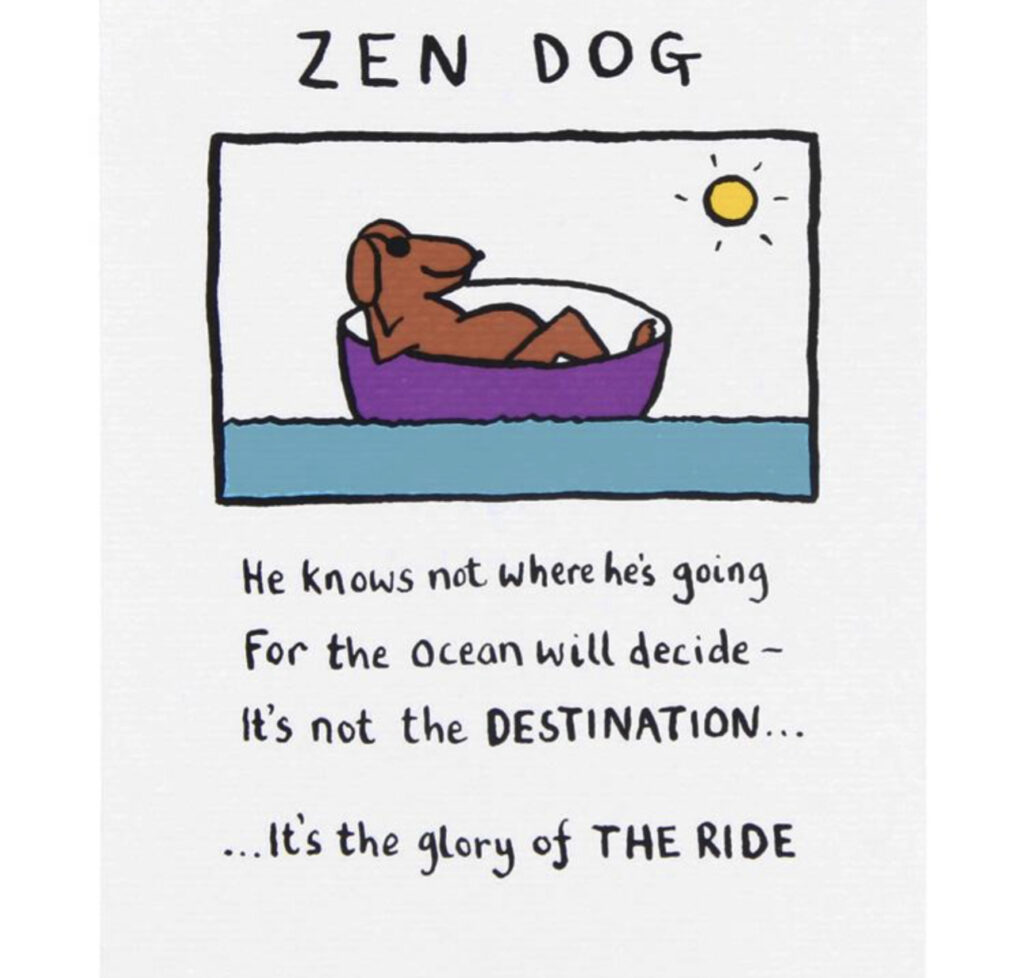
A few minutes later, we passed our new French friend having a roadside picnic with her wine and baguette. She was lounged back on the grass, hands behind her head. An uncanny resemblance.
She waved. We waved back.
Life takes on such a glorious texture when you’re only moving three miles an hour.
More to come.
-Hicks